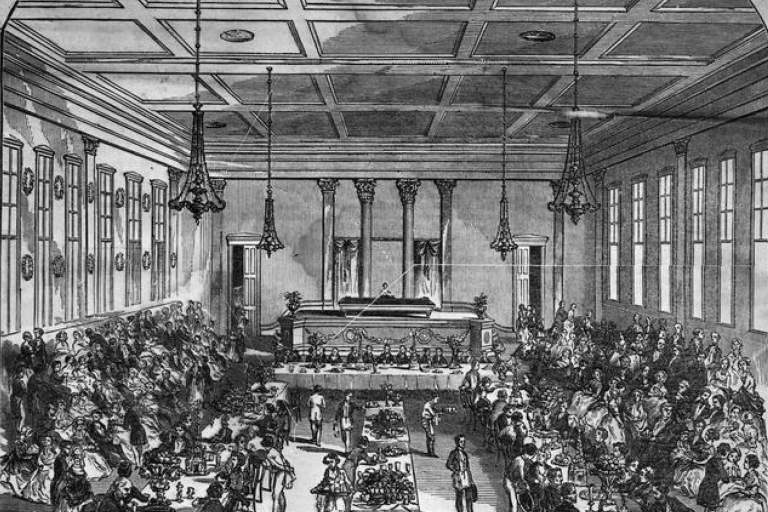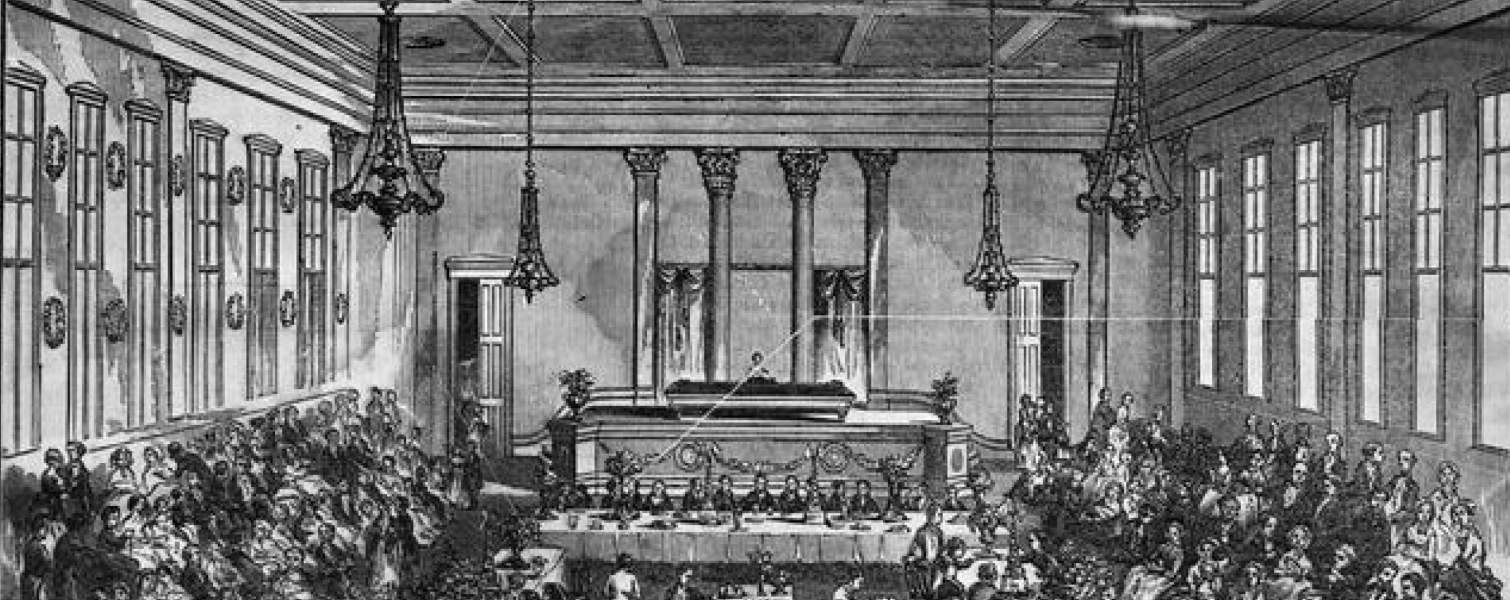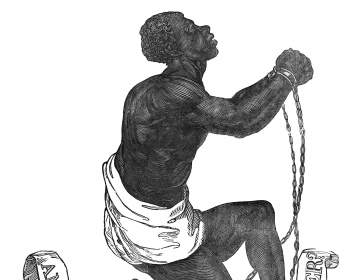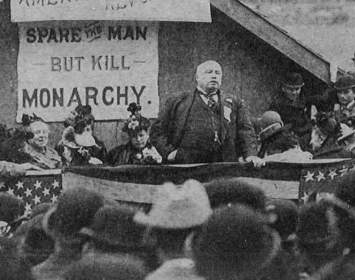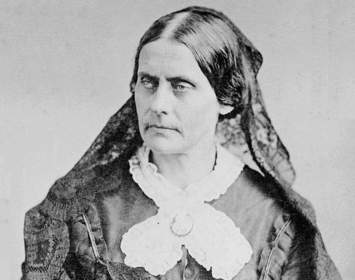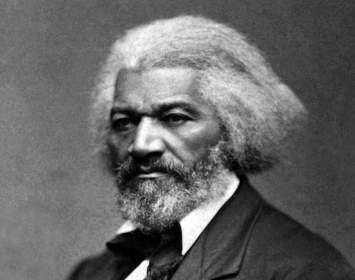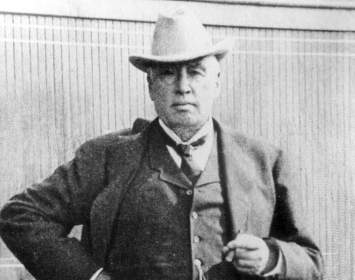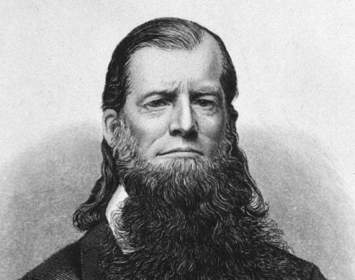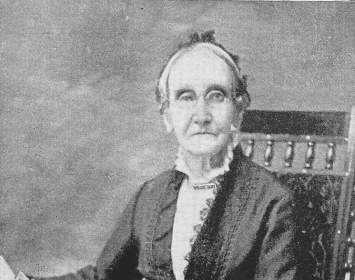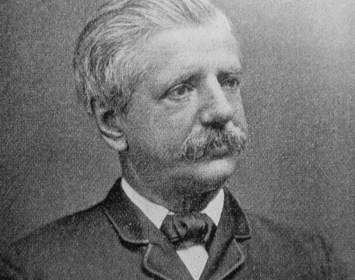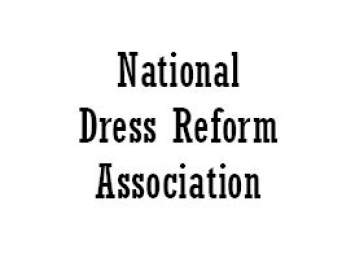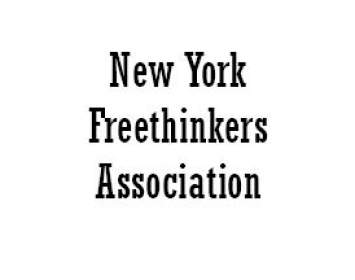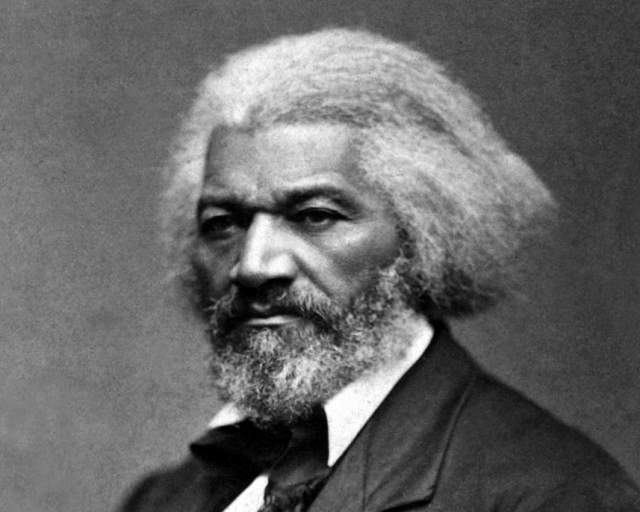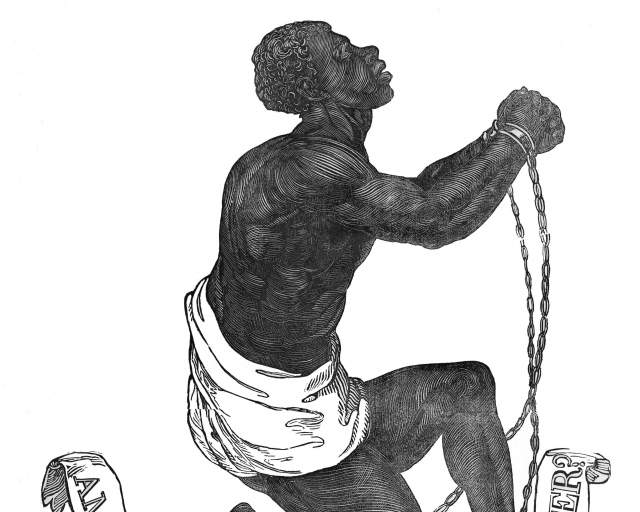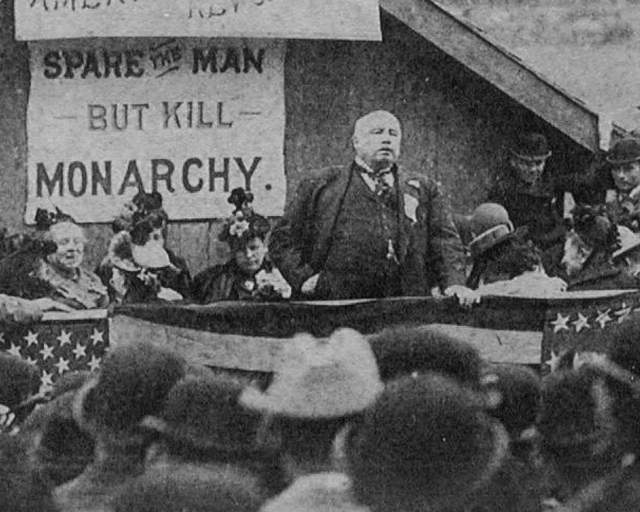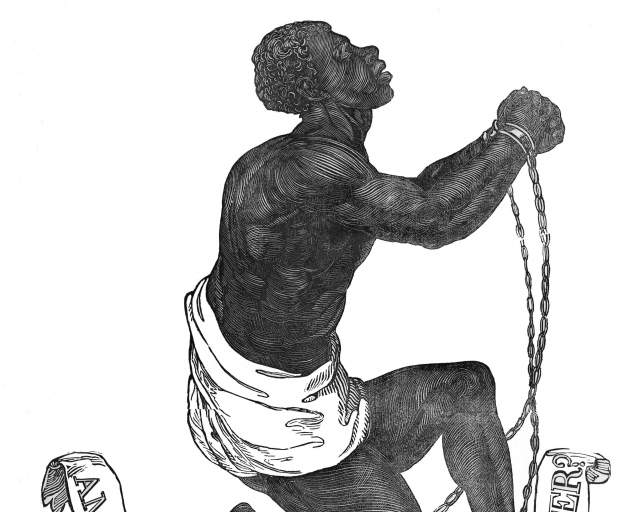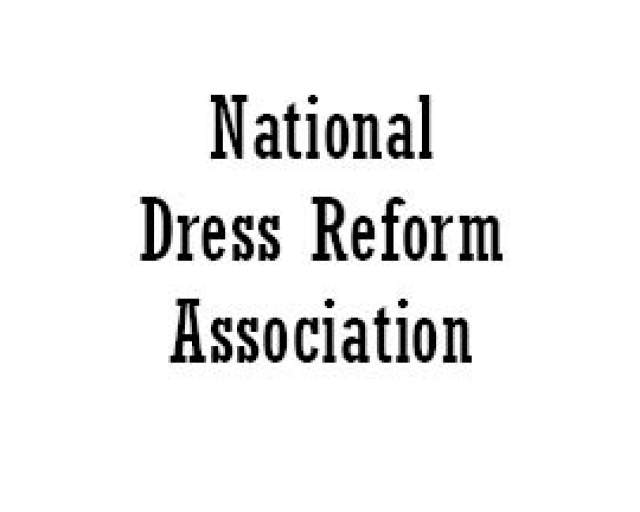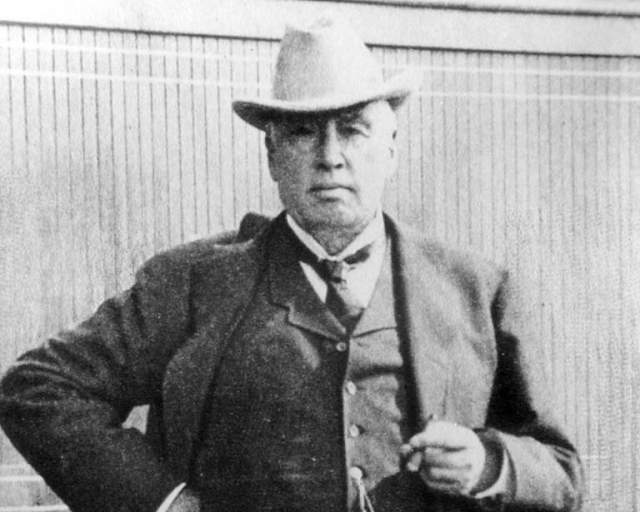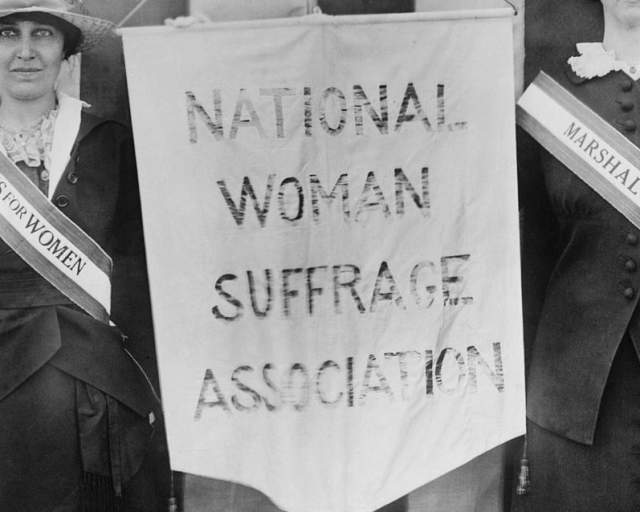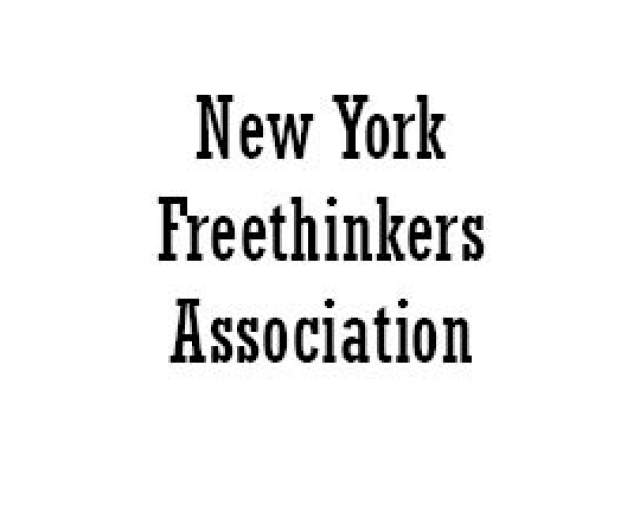Once Rochester’s premier lecture hall, the site of addresses by such luminaries as abolitionists Susan B. Anthony and William Lloyd Garrison, Ralph Waldo Emerson, Horace Greeley, and many others.
The building was constructed in 1849 on Exchange Place (later Corinthian Street) behind the Reynolds Arcade, Rochester’s first truly great commercial building. The architect was Henry Searle; the owner was the Rochester Athenaeum and Mechanics Association, led by Arcade owner William A. Reynolds. Originally the building was to be called the Athenaeum, named for the 1829 lecture hall it would replace. Inspired by the Corinthian columns adorning its stage, Reynolds chose instead to dub it Corinthian Hall.
During its first year, the Hall hosted the notorious Fox Sisters, who claimed to speak with "the spirits" by means of mysterious rapping sounds (which, it was later discovered, they actually produced by flexing joints in their toes). A Corinthian Hall appearance on November 14, 1849, was the Fox Sisters' first "demonstration" before a paying audience, and led directly to the establishment of the religion of Spiritualism.
Corinthian Hall was the site of Frederick Douglass’s famous July 5, 1852, "Fifth of July" speech condemning the fraud of celebrating the Fourth of July as a festival of freedom for all while the nation still held slaves. (Emancipation of slaves in New York—which occurred on July 4, 1827—was traditionally celebrated on July 5 so as not to conflict with Independence Day observances.)
On February 13–14, 1857, Corinthian Hall was the site of an antislavery convention. Hezekiah Joslyn (father of woman’s rights advocate Matilda Joslyn Gage), served as the convention’s vice president. [Nineteenth-century practice was to use the singular, woman's, when referring to women as a class; later practice was to use the plural, women's.] Speakers included William Lloyd Garrison, Frederick Douglass, and Susan B. Anthony.
During 1859, Susan B. Anthony attempted to establish a Free Church in Rochester, renting Corinthian Hall for a series of Sunday evening lectures. Anthony biographer Ida Husted Harper said Anthony was inspired by the similar church launched in Boston by the liberal Congregationalist reformer Theodore Parker, "where no doctrines should be preached and all should be welcome." Several lectures were held, always at a financial loss, and ultimately the plan had to be abandoned.
On December 2, 1859, the day of John Brown’s execution, Susan B. Anthony organized and presided over a 300-person “meeting of mourning and eulogy” at Corinthian Hall.
On June 21, 1865, the National Dress Reform Association (NDRA) held its final convention at Corinthian Hall. The organization, which sought more healthful and scientific clothing for women, foundered when founder James Caleb Jackson and president Lydia Sayer Hasbrouck had a bitter public spat at the platform over who was in charge of the proceedings.
On October 26, 1877, Corinthian Hall was the site of the first annual convention of the National Liberal League, the period’s most prominent national freethought organization.
On July 19, 1878, it hosted the evening session of a convention of the National Woman Suffrage Association organized by Amy Post. The event attracted a capacity crowd.
The building was remodeled in 1879 and was thereafter known as the Academy of Music.
In 1883, the building was the site of a convention of the New York State Freethinkers Association that began on August 29. Rochester freethinker Charles B. Reynolds, whom Robert Green Ingersoll would famously defend against blasphemy charges three years later, delivered a eulogy for atheist publisher D. M. Bennett. On September 1, religious skeptic John E. Remsburg delivered an address titled "False Claims."
In addition, agnostic orator Robert Green Ingersoll spoke at this site on at least three occasions: on January 11, 1878, when he delivered his lecture "The Liberty of Man, Woman, and Child"; on February 21, 1878, when he delivered his lecture "Individuality"; and on January 26, 1885, when he delivered his lecture "Which Way?"
Destroyed in an 1898 fire, the building was rebuilt in 1904 as the Corinthian Theater. It closed in 1928 and was razed the following year. Its site is now occupied by a dreary parking structure. Corinthian Street was reduced to its present stature by construction of the Midtown Plaza project in 1962.
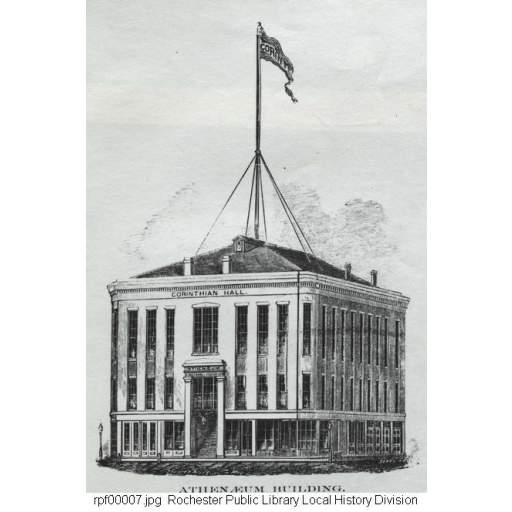
Corinthian Hall Exterior View
Period exterior view of Corinthian Hall.
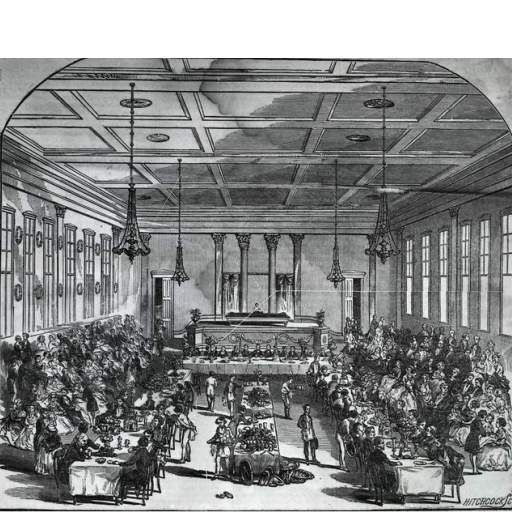
Corinthian Hall Interior
Period interior view of a gala event, apparently a banquet, at Corinthian Hall. Note the Corinthian columns adorning the stage, which gave the building its original name.

1851 View Inside Corinthian Hall
Illustration of an 1851 banquet event inside Corinthian Hall.
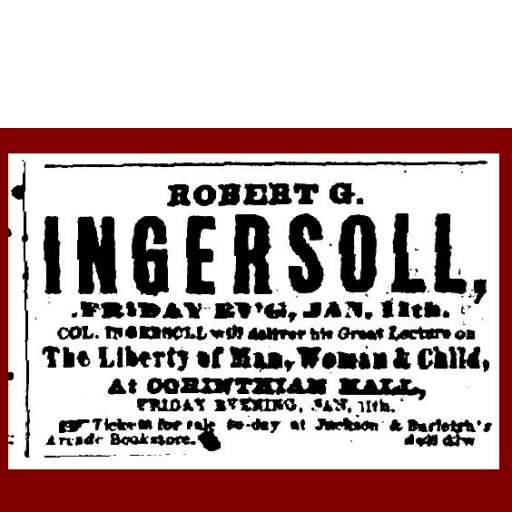
Period Newspaper Ad
This newspaper ad promotes Robert Green Ingersoll's lecture "The Liberty of Man, Woman, and Child," which he delivered at Corinthian Hall on January 11, 1878. Recovered from microform by Doug Schiffer.
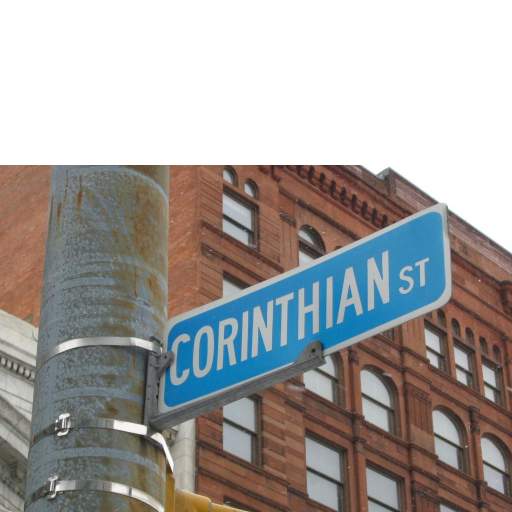
Corinthian Hall site
Current-day view. Such a lot of street sign for such a little street!
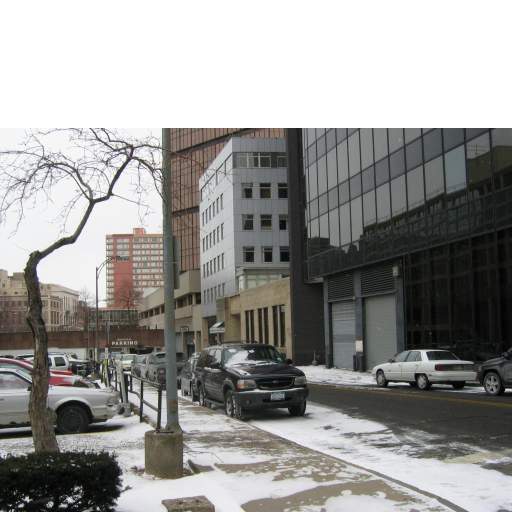
Corinthian Hall site
In today's downtown Rochester, Corinthian Street runs one short block from State Street and ends at a parking garage. On that site once stood Rochester's proudest public assembly hall, Corinthian Hall, for which the tiny street was named.
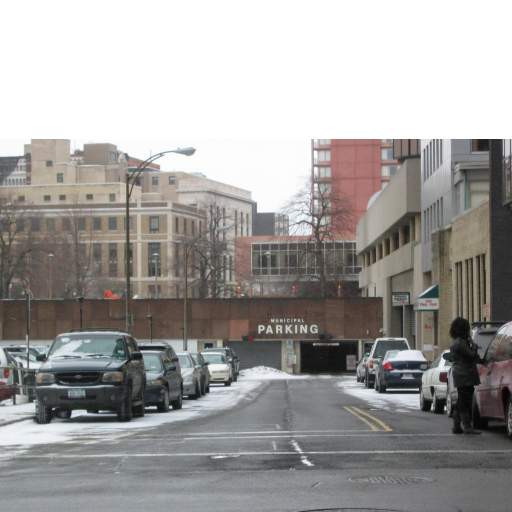
Corinthian Hall site
A view looking straight down Corinthian Street from State Street.
Associated Historical Events
Frederick Douglass Gives "Fifth of July" Speech
July 5, 1852
Rochester Antislavery Convention
February 13–14, 1857
Meeting of Mourning and Eulogy for John Brown
December 2, 1859
Final National Dress Reform Association Convention
June 21, 1865
First National Liberal League Convention
October 26, 1877
Robert Green Ingersoll Gives "Individuality" Lecture in Rochester
February 21, 1878
1878 Woman's Rights Convention
July 19, 1878
Seventh New York Freethinkers Association Convention
August 29, 1883
Robert Green Ingersoll Gives "Which Way?" Lecture in Rochester
January 26, 1885
